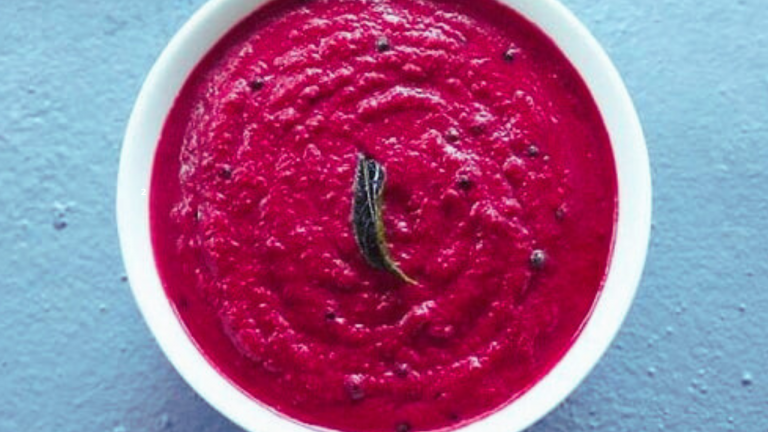Almond Butter

Ingredient
- 1 cup raw almonds (100 grams)
Method
- Place the almonds in a pan and roast on a medium flame for 10 minutes. Then allow them to cool.
- Transfer almonds to a blender and blend for 5-7 minutes. Ensure that you only blend for 15-20 seconds at a time, or your blender will overheat.
- First, your almonds will convert into a powder. You may feel like they will never turn into butter, but soon the powder will turn into a buttery substance.
- Transfer butter into a jar. Can store for 5-7 days.
Tip: If the butter sticks to the side of the blender, scrape it down and blend again.
Benefits
Making your almond butter using this recipe provides several benefits:
- Pure Ingredients: This recipe uses only raw almonds, ensuring that your almond butter is made from a single, natural ingredient without any added preservatives, sugars, or unhealthy oils.
- No Added Preservatives or Additives: Homemade almond butter allows you to avoid the preservatives and additives commonly found in many commercial almond butter brands. You have control over the quality of the almonds used.
- Freshness: Roasting the almonds just before blending contributes to the freshness of the almond butter. The natural oils released during roasting enhance the flavor and texture of the final product.
- Customization: Making almond butter at home lets you customize the flavor and texture to your liking. You can experiment with the roasting time for different flavor profiles or add a touch of salt or sweetener if desired.
- Nutrient Retention: Almonds are a nutritious nut, rich in healthy fats, protein, and essential vitamins and minerals. The minimal processing in this recipe helps retain the nutritional benefits of almonds.
- Cost-Effective: Making almond butter at home can be cost-effective, especially if you buy almonds in bulk. It can be a more economical option compared to purchasing premium almond butter brands.
- No Hydrogenated Oils: Some commercial almond butter may contain hydrogenated oils, which are trans fats. By making your almond butter, you can choose healthier oil options or skip them entirely.
- Versatility: Homemade almond butter can be used in various ways—spread on toast, added to smoothies, used as a dip, or incorporated into recipes. It’s a versatile and nutritious addition to your diet.
- Control Over Processing Time: Blending the almonds at home allows you to control the processing time. This can result in a smoother or chunkier almond butter, depending on your preference.
Remember to store your homemade almond butter in a sealed jar in the refrigerator for optimal freshness. Enjoy the rich and creamy goodness of almond butter made with minimal ingredients and maximum flavor.
November 21, 2023
0



